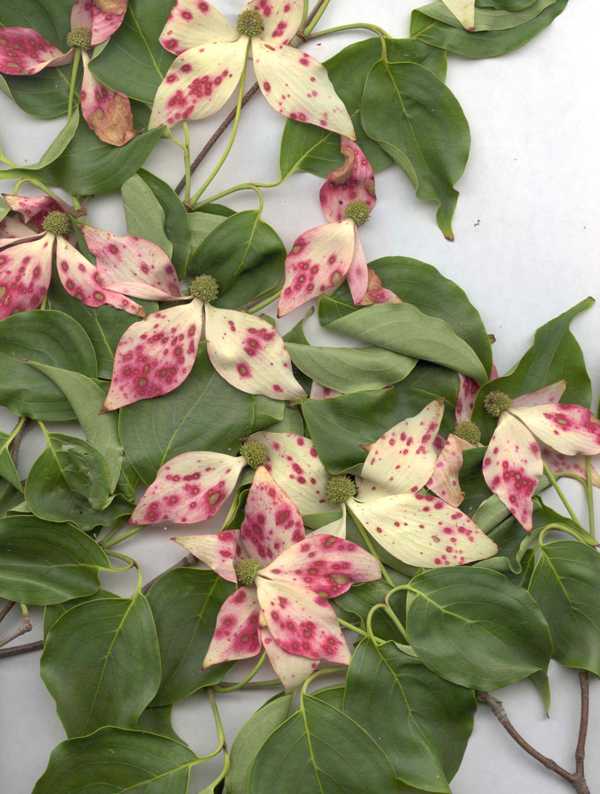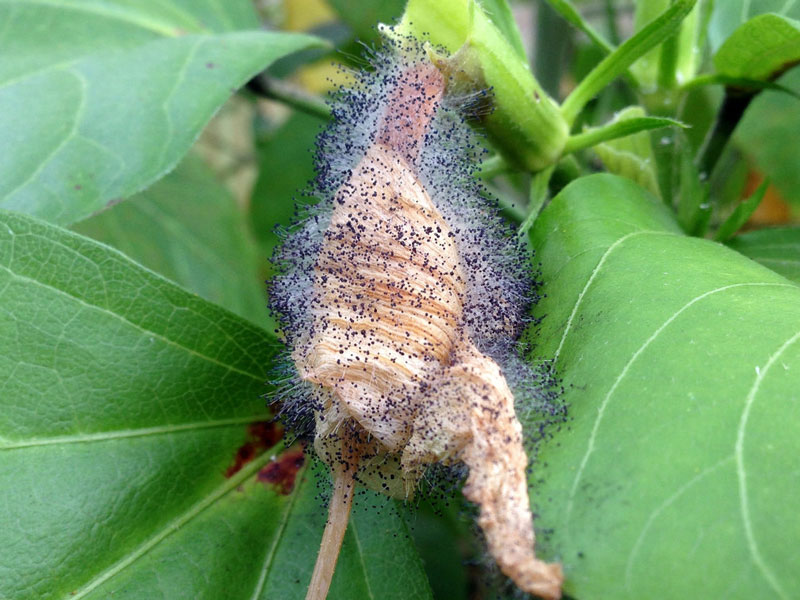

Reduction of humidity by heating and ventilating is relatively inexpensive compared to the loss of revenue that can result from Botrytis blight and other plant diseases. Environmental regulation (temperature, relative humidity, leaf wetness duration) is critical. Manage insect pests, which may carry spores between plants and cause injuries that enable fungal infection. Avoid overfertilization, which leads to overproduction of succulent tissues. Space plants properly to allow for good air circulation, which reduces both leaf wetness duration and the relative humidity within the canopy. Remove plant debris from the greenhouse completely do not place it in garbage cans. Control weeds and remove plant debris between crop cycles and during production. Cultural ManagementĪn integrated program including good sanitation practices, monitoring, environmental control, and fungicides is required for the successful management of Botrytis blight. Given the common occurrence of Botrytis in greenhouses and the relative ease with which it spreads, greenhouse managers must avoid conditions that are conducive to disease development. The fungus may also produce chlamydospores and/or microsclerotia, both of which can survive in soil for extended periods of time. Spores are easily disseminated by air currents and splashing water. Botrytis blight is more prevalent in the spring and fall months. Colonization of plant tissue takes place at a wide range of temperatures, but 60-75☏ is optimum. Germination of spores and infection of the host is dependent on a film of moisture for 8 to 12 hours, relative humidity 85% or greater, and temperatures 55 - 75☏. Like other fungi, Botrytis has a specific range of temperature and relative humidity that is necessary for spore germination, infection, and disease development. Copious spores are produced on lesions as well as on plant debris left on benches, the greenhouse floor, and cull piles. The fuzzy spore masses may be visible to the naked eye or observed with a hand lens. Spores may be whitish in appearance but turn gray as they mature.

Leaf lesions may begin as brown, water-soaked areas.

Plants may be attacked at any stage but tender new growth, freshly injured tissues, and aging or senescent tissues are preferred. Signs and Symptomsĭepending on the host and environmental conditions, Botrytis can cause leaf and flower blight, fruit rot, cankers, damping off, and root rot. A sound IPM program including is necessary to control this disease. A wide variety of plants including ornamentals, vegetables, and herbs are susceptible. Botrytis blight is most often caused by Botrytis cinerea, but other species may also be problematic. The disease is often referred to as gray mold because it produces abundant fuzzy gray spores on the surfaces of infected tissues. Botrytis blight (“moho gris” or “pudrición gris” in Spanish) is one of the most common fungal diseases of greenhouse crops.


 0 kommentar(er)
0 kommentar(er)
